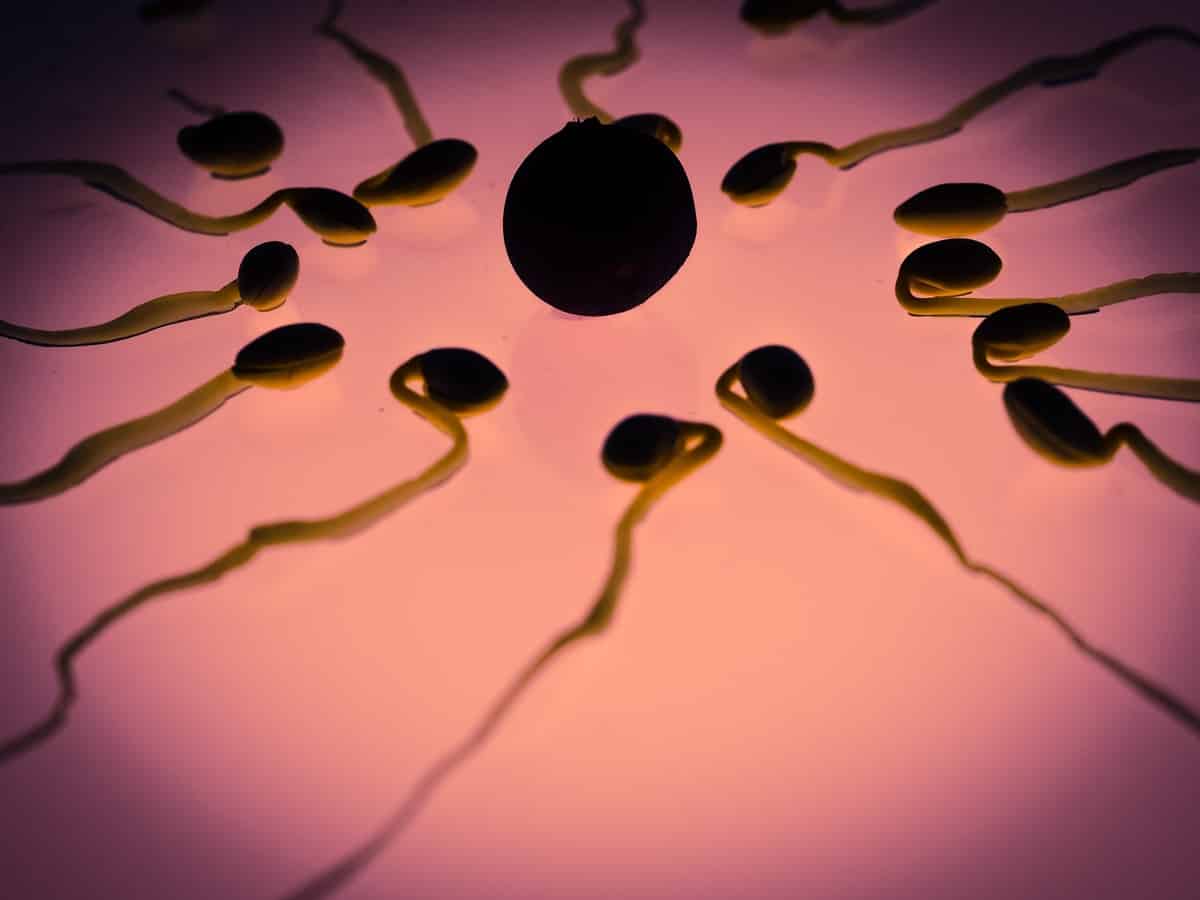
Picture a puny sperm cell, with its whip-like tail, wriggling its way through thick fluids to reach the prized egg. Out of millions of sperm, only one gets to chance to fertilize the egg. However, it’s astonishing any make it past the finish line given Newton’s third law of motion.
This is the law that famously states “for every action, there is an equal and opposite reaction.” It’s a principle you might recall from the days when two marbles collided and rebounded in your childhood games. Yet, when it comes to the microscopic world, things aren’t so straightforward.
Swimming against the current
Kenta Ishimoto, from Kyoto University, and his team delved deep into this puzzling behavior. They closely observed human sperm and the motion of green algae, Chlamydomonas, both of which swim using slender, flexible flagella (the tail).
Here’s the conundrum: the thick liquid environment around these cells should sap away all their energy, keeping them still. Imagine trying to swim in a pool of honey; that’s what these cells face in highly viscous fluids.
The way the sperm and green algae manage to ‘beat’ Newton’s third law of motion is owed to the ‘odd elasticity’ with which these flagella move. Their flagella interact with their surroundings in a non-reciprocal manner, bending in just the right way in response to the fluid. This means they don’t always receive an equal and opposite response.
This property allows the cells to glide effortlessly even through the thickest fluid without losing much energy. And since many microorganisms have flagella, there likely are many other tiny rule-breakers waiting to be discovered.
Beyond the thrill of learning more about nature, understanding these motions can improve the design of tiny robots or harness these principles to understand collective behavior in larger systems.
The findings appeared in the journal PRX Life.









